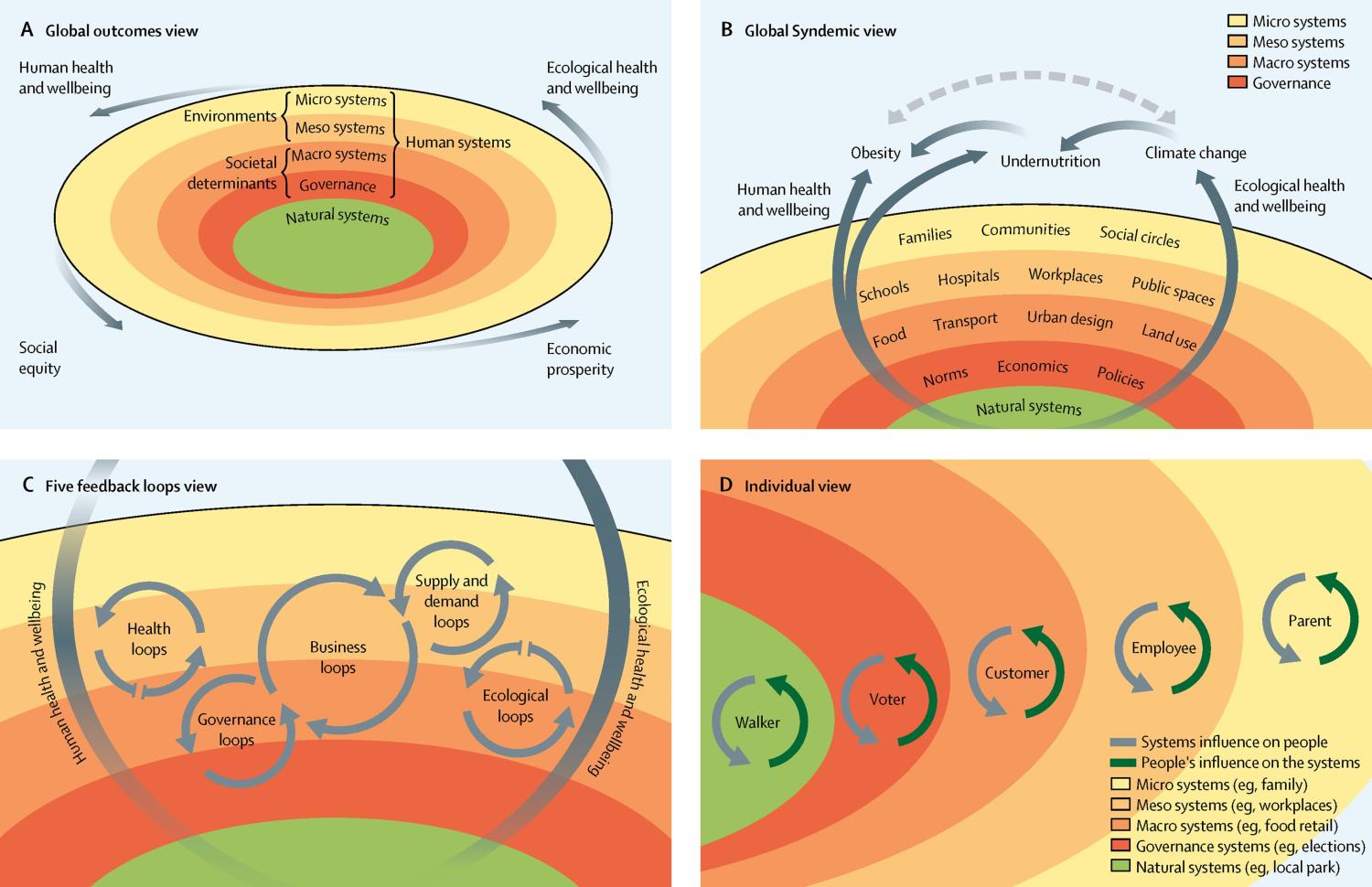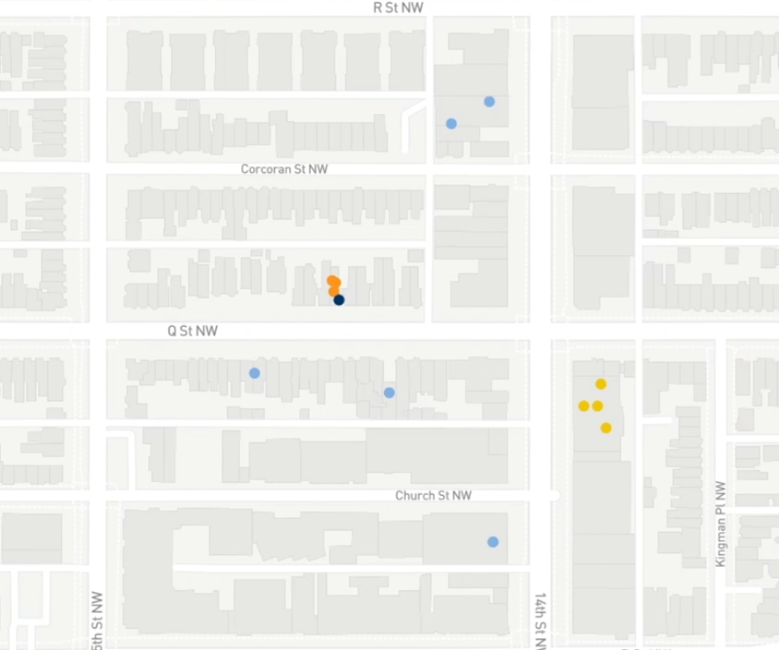The Center on Social Dynamics and Policy (CSDP) at Brookings has helped pioneer a new set of tools for finding solutions to particularly challenging policy problems, drawing on computational modeling approaches from complex systems science. In a policy setting, complexity refers to situations in which responses to policy change may not be uniform or intuitive, due in part to feedback effects, time delays, interconnectedness, and non-linearity. To design cost-effective, equitable, and sustainable solutions, we need to take a perspective that embraces this complexity. Our Center is at the forefront of using sophisticated methodological approaches to gain understanding of the systems of interconnected factors that drive pressing issues across a wide range of policy areas.
Our Center engages in independent, non-partisan research, yielding actionable insights that can inform policy design and implementation. To do this, we collaborate with nationally and internationally recognized experts, conduct rigorous and cutting-edge analyses, and communicate our findings to key audiences such as the scientific community, policymakers, community stakeholders, and the public.
Application to policy research
CSDP leverages expertise in complex systems science methodologies to provide timely policy guidance across a range of emerging, important, and often interconnected policy issues. The Center collaborates with nationally and internationally recognized experts to incorporate theory and empirical findings into computational models that identify critical relationships and inform effective, data-driven policy solutions. Broadly, the Center’s research highlights what works, for whom, and why. We engage in ground-breaking research that uses systems science perspectives and tools to:
- Build theory and hypotheses about key factors underlying systems of interest that can explain observed outcomes that confound traditional analytic approaches,
- Provide insights into how and why past policies may have succeeded or failed, and
- Evaluate the potential impact of a range of possible future policy implementations.
The Center for Social Dynamics and Policy has provided impactful insights on numerous issues including applications of AI tools in health care, the COVID-19 pandemic, the obesity epidemic, consumption of tobacco products, childhood health disparities, peacebuilding efforts, inequitable access to higher education, and HIV transmission.
Three overarching principles underpin our research agenda. The first, and most important, is identifying changes in policies and practices that can generate positive, sustainable impact overall while ensuring equity in important outcomes. The second is consideration of timely action, as prevention is preferable to remediation. Finally, we recognize the need to tailor policies to contexts; what works in one setting may not work (or may even cause harm) elsewhere.

Example of a visual depiction of a complex, adaptive system.
Agent-Based Modeling
Among other traditional qualitative and quantitative analytic approaches and systems science methodologies, our Center makes extensive use of agent-based modeling (ABM) in our research. ABM is a computational research approach in which simulated entities—referred to as agents—interact with one another and their environments over time. The nature of these simulation models allows for a substantial amount of flexibility, which in turn enables us to explore complex, policy-relevant topics.
Although agents can represent any discrete entities, from microscopic cells to nations, we most frequently use them to depict individual people placed within artificial societies. Collectively, agents and their computerized environments can be used to study the dynamics, mechanisms, and emergent properties of systems of interest—such as the evolution of population health or formation of social networks.

The attributes and behaviors of agents and the environments in which they are situated are grounded in the best and most relevant theory, evidence, and data—such as GIS datasets and census data that describe U.S. cities. By capturing realistic physical and social environments that people operate within as well as the ways in which they behave, make decisions, and affect one another, we can use our models as “virtual policy laboratories” that can give us important insights into the impacts proposed policies might have over time or how policy impacts might differ across populations or settings.
